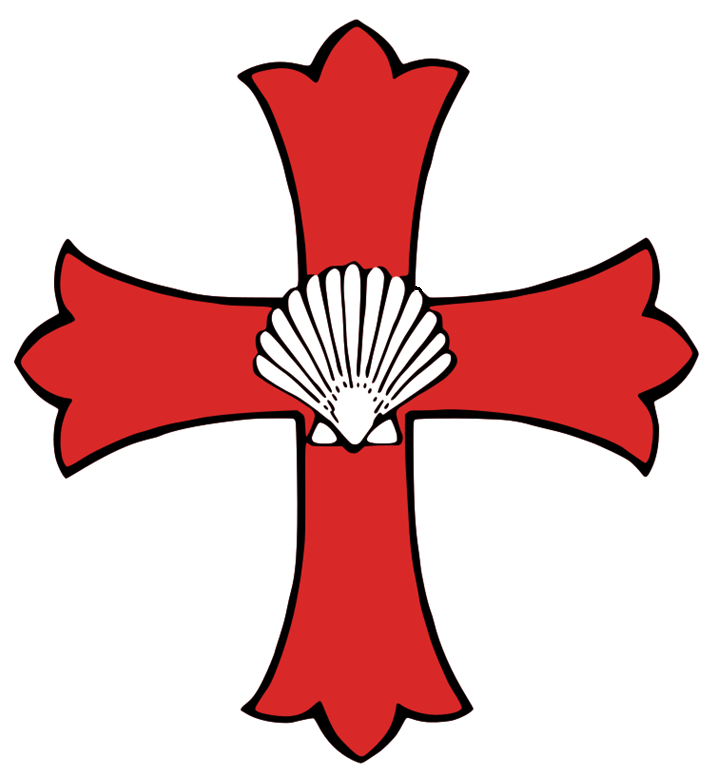Knights of St Thomas - Hospitallers of England
When we speak of the medieval hospitallers, most people immediately think of the Knights Hospitaller (the Order of St John of Jerusalem). But England’s own chapter of hospitallers — the Hospitallers of St Thomas of Canterbury at Acre — merits its own place in history. In this article we’ll explore their origins, mission, rise and dissolution, and why the term hospitallers is central to their identity.
Origins and Foundation
The Order were founded in the late 12th century as a Christian military-monastic order, exclusively English in membership. Their full name is often given as the “Hospitallers of St Thomas of Canterbury at Acre.” The order was founded in or about 1191 in the Crusader city of Acre (in the Kingdom of Jerusalem) and dedicated to Thomas Becket, the martyred Archbishop of Canterbury. The term “Hospitallers” reflects their initial mission: caring for the sick, injured and vulnerable pilgrims in the Holy Land, combining hospital-work with a military role under the crusading context.
Mission: Care and Defence
As true hospitallers, the order bore dual responsibilities:
- Providing shelter, medical care, and hospitality to pilgrims and crusaders;
- Serving as a religious-military body defending Christians and Christian sites in the Levant.
Their emblem – a red cross with a white scallop in the centre – and white habit marked their identity. The scallop possibly symbolised pilgrimage (the scallop shell is a classic pilgrim’s badge), tying into their hospitable role. In the Holy Land, leaving aside full proof details, they were among the smaller orders but committed to the twin ideals of knighthood-and-charity.
England and the Hospital of St Thomas of Acre
Although founded abroad, the Knights of Saint Thomas - Hospitallers of England established a significant presence in England. In London, the medieval headquarters of the order was the Hospital of St Thomas of Acre (founded in 1227 in the parish of St Mary-Colechurch) which became their main English base. The hospital served as the administrative and religious centre of the order on English soil.
Over time, the knights built up estates and commanderies in England, linking their foreign crusader mission with domestic charitable and religious functions. The term “Hospitallers of England” thus is apt: though their origin lay in the Levant, their English endowments and manors made England a core part of their infrastructure.
Significance of the Hospitallers
The keyword hospitallers is essential when discussing this order. It emphasises both their charitable and religious-military character. Unlike purely martial knightly orders, the hospitallers carried a duty of care: hospitals, hospices, relief of the sick and indigent formed part of their rule. The medival knights adopted the hospitaller model: they were not simply warriors but devoted to service of the needy under Christian discipline.
Moreover, the word “hospitaller” signals membership in a wider medieval tradition of religious orders combining sanctuary and arms. In many respects the English hospitallers echoed the more famous Knights Hospitaller of St John — though they remained smaller, English-specific, and ultimately less enduring.
Decline and Suppression
Like many religious-military orders in England, the brotherhood faced a decline when political and religious tides shifted. Under the Protestant Reformation, their English properties were confiscated. Their hospital in London was forfeited and their order dissolved by 1538. With the dissolution of monastic institutions under King Henry VIII, the hospitaller mission of this order in England essentially vanished.
While the order ceased to function in its original medieval form, the legacy of the hospitallers remains in the architecture, place-names, and the charitable spirit they embodied.
Legacy and Why It Matters
There are several reasons the story of the Hospitallers of Saint Thomas of Canterbury at Acre (the English hospitallers) remains relevant:
- Historical insight: They illustrate how England participated in the wider crusading and monastic-military world.
- Charitable tradition: Their use of the term hospitaller reminds us that medieval knighthood was not only about warfare but also about care and service.
- Cultural memory: Places such as the Hospital of St Thomas of Acre in London survive in name or structure, giving tangible links to the past.
- Terminological clarity: Many people conflate different orders of hospitallers — knowing about this English variant helps deepen understanding of medieval orders.
The Knights of Saint Thomas stand as a fascinating, lesser-known chapter in the story of medieval chivalry and charity. As English hospitallers, they blended the warrior ethos of the Crusades with the humanitarian impulse of monastery and hospital. Their foundation at Acre, their London headquarters at the Hospital of St Thomas of Acre, and their end-under the Reformation all mark them as emblematic of a dynamic medieval England engaged abroad and at home.
